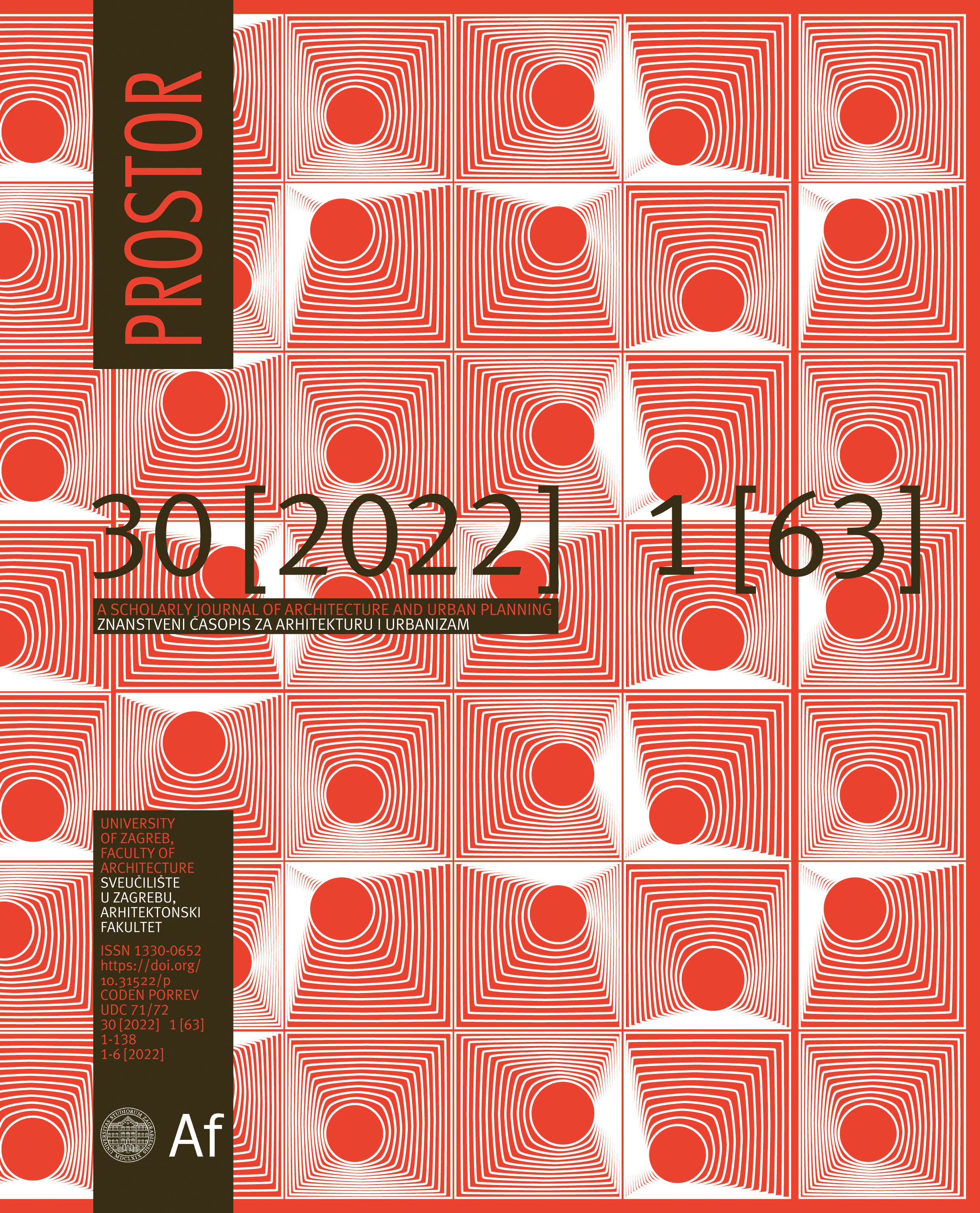Architectural Opus of Momir Korunović in Dalmatia and Kvarner (1928-1939)
DOI:
https://doi.org/10.31522/p.30.1(63).5Keywords:
Adriatic coast, Croatia, Interwar period, Momir Korunović, 1928-1939Abstract
As a state architect in the Kingdom of Serbs, Croats and Slovenes (since 1929 the Kingdom of Yugoslavia), who built about ninety buildings of various purposes on the territory, Momir Korunović (1883-1969) has left a tangible creative mark in Croatia. Besides one built and one unstructured Orthodox Church in continental Croatia, he designed four public buildings on the Adriatic coast, in the areas that belonged to the Savska and Primorska Banovina, out of which two were realized. Modestly adjusted to the architectural tradition and climate, his works in the Adriatic area did not differ significantly from the work he completed in other parts of the multinational state. Anti-modern and conservative, they contain elements of the Yugoslav unitary style (projects of the Main Post Office in Split and Student Dormitory in Šibenik), and the national style of the Orthodox churches on Vis and Sušak. For a more significant architectural result on the Croatian Adriatic coast, Korunović obviously needed to go one step further and more fully adapt to local conditions and cultural tradition. However, he was not ready for that, because in his creative consciousness he fixed a conservative matrix of neo-medieval style in the early twenties and enriched with deposits of post-secession and expressionism, which from 1928-1929 affected the promotion of integral Yugoslav ideology.
Downloads
Published
How to Cite
Issue
Section
License
Copyright (c) 2022 Aleksandar Kadijević

This work is licensed under a Creative Commons Attribution 4.0 International License.
Copyright (c) 2021 authors and journal.
This work is licensed under a Creative Commons Attribution 4.0 International License.
Authors who publish with this journal agree to the following terms:
In agreeing this form, you certify that:
- You read the ethical codex of the PROSTOR available at journal web.
- You submitted work is your original work, and has not previously been published and does not include any form of plagiarism.
- You own copyright in the submitted work, and are therefore permitted to assign the licence to publish to PROSTOR.
- Your submitted work contains no violation of any existing copyright or other third party right or any material of an obscene, libellous or otherwise unlawful nature.
- You have obtained permission for and acknowledged the source of any illustrations, diagrams or other material included in the work of which you are not the copyright owner.
- You have taken due care to ensure the accuracy of the work, and that, to the best of your knowledge, there are no false statements made within it.
- All co-authors of this submitted work are aware of, and in agreement with, the terms of this licence and that the submitted manuscript has been approved by these authors.







